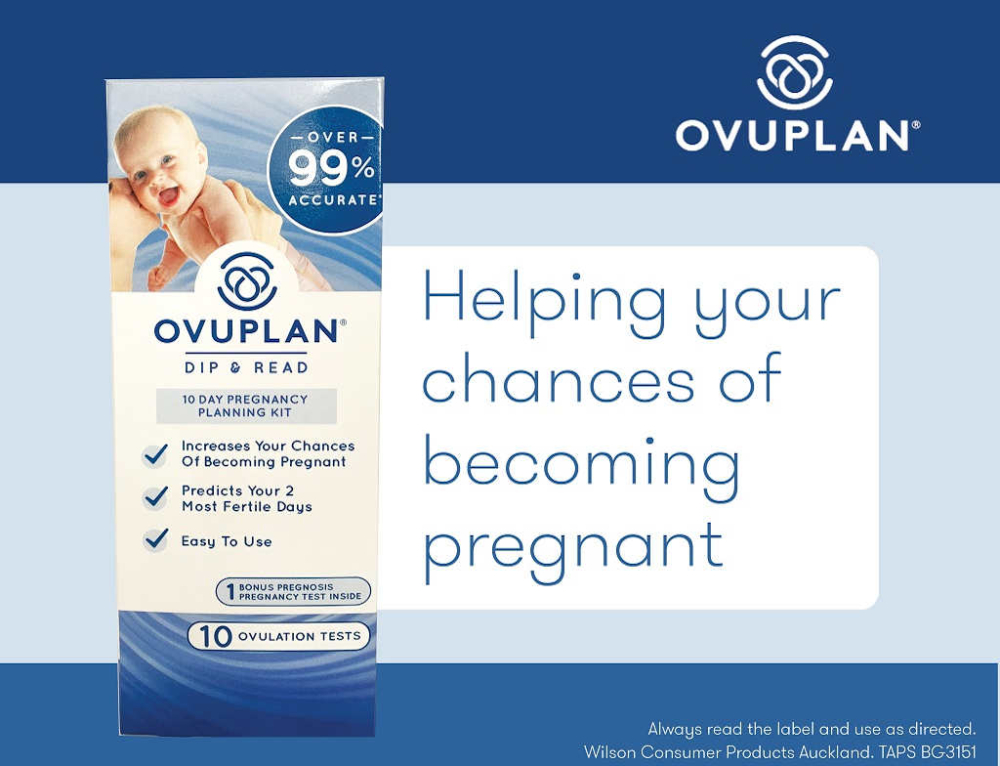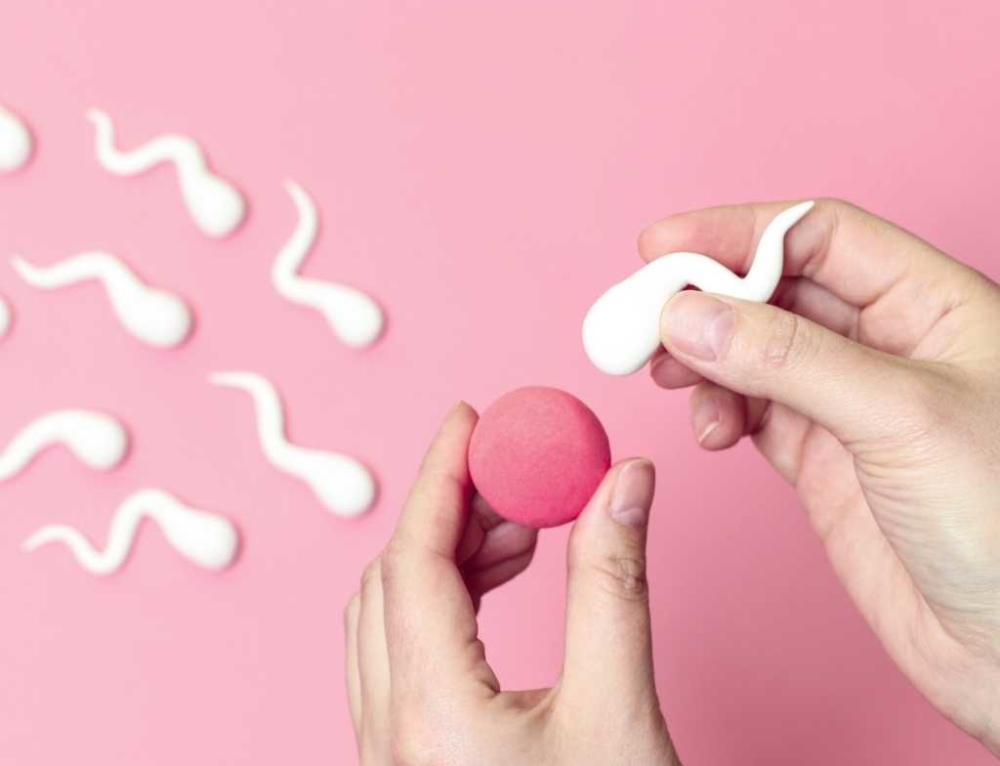Despite all your research, it’s not enough to buy the right car seat, capsule or infant booster seat – what’s just as important for the safety of your child is that it’s installed correctly. Each infant restraint is slightly different – as is each model of car – and so it’s extremely important that you take the time to thoroughly read the installation instructions before you fit your restraint.
Before you buy a car seat
- Check that it carries a Standards Australia AS/NZS 1754 sticker. All restraints must meet these standards.
- Not all restraints can be correctly fitted in all cars so check that the restraint you buy can be installed in your vehicle
Second-hand car seats
- Only use a second-hand car seat, capsule or booster seat if it is less than 10 years old and you know that it hasn’t been involved in a crash. If there is any sign of deterioration including wear on the straps and buckles, and cracking or breaking down of the hard plastic shell, don’t use it.
- Car seats older than 10 years may not comply with current safety standards.
- The design of baby capsules have changed over the last 10 years and so if you do intend on using a second-hand capsule, make sure that you use one where your baby will be restrained by a harness rather than a Velcro body band.
- Make sure you have the instruction manual for any second-hand car seat that you buy
Top tips for fitting a car seat correctly
- Have your new restraint fitted by a professional the first time – this way, you know it will be done correctly and you can be taught how to fit it correctly yourself.
- Check the straps and make sure that they’re not twisted.
- Check your car’s manual and avoid installing a restraint where there is an airbag – this is particularly important in the front passenger seat.
- If you must install a car seat where there is an airbag, have the airbag deactivated.
- The safest place to install a capsule or rearward-facing car seat is in the back seat behind the driver.
- Make sure you keep the instruction manual for the restraint somewhere handy for reference – this is particularly important if you have a combination seat as you will have to change the fitting as your child grows.
- Make sure that the buckle of the seatbelt that runs through the car seat is always clear of the frame of the car seat – this will remove possibility of it opening in the event of a collision.
IMPORTANT!
It’s estimated that approximately 70 percent of all child restraints are not correctly fitted to the vehicle they are in.
Anchorage points
- Car seats, capsules and some booster seats are fitted by using tether straps that attach to anchorage points in your car. If you can’t find the anchorage points in your vehicle, contact the manufacturer for details.
- The anchorage point in the car is usually a solid metal bolt or bracket that the tether strap can snap onto.
- Getting some car seats to fit to anchorage points can require additional equipment – extra bolts, extension tether straps, anchorage adaptors – and for this reason, it’s recommended that a professional fit your car seat, particularly if you are having difficulty following the manual’s instructions.
- Many new models of car have several anchorage points and so to select the best connection point, test the tether strap – it should always be firm once connected to the anchorage point.
Requirements for how the restraints are attached are part of the American and European standards. Restraints that comply with these standards come with connectors called LATCH (Lower Anchors and Tethers for Children) in the United States or ISOFIX in Europe. Both systems have lower anchors in the vehicle and lower attachments on child restraints. This method of installation allows a child restraint to be snapped into place instead of being held by the safety belt.
Find More:







Leave A Comment
You must be logged in to post a comment.